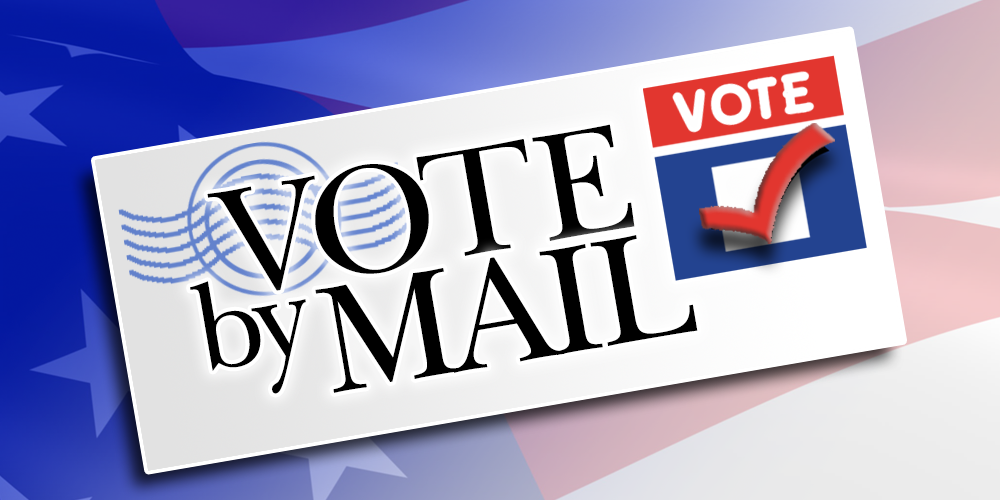When we talk about the deadline to print and send out mail ballots, we are specifically talking about ballots sent to active duty military personnel, which by federal law are to be sent out 45 days before Election Day to facilitate them being returned in a timely fashion.
The very people risking their lives to defend the nation are among those most likely to have their ballots left uncounted in the presidential election in November.
When nearly 1 million absentee ballots are sent to military and overseas Americans worldwide by Saturday — kicking off voting for the 2020 election — history shows many will never be returned in time, and a greater percentage will be rejected compared to the rest of the population.
“There’s just a high percentage of ballots that just don’t make it back in time,” said Texas State University’s Don Inbody, an expert on the history of military voting and author of The Soldier Vote. “They’re active duty military. They’re usually pretty busy so they are not going to be quite as efficient as you’d like them to be in getting their ballots back.”
That looms particularly large this year, as polls show military voters are more divided than ever on the presidential election and that they could have an impact on close races in states such as Texas, North Carolina and Florida.
[…]
Federal data shows that members of the military are less likely to vote than the civilian population. In 2018, only 26 percent of military members voted compared to 52 percent of the rest of the population. In that election, nearly half of all ballots sent out to military and overseas voters who requested them were never returned. And of those that were returned, nearly 6 percent were rejected by elections officials for various reasons according to a report from the U.S. Election Assistance Commission.
Nationwide, about 1 percent of absentee ballots are rejected among the civilian population.
The biggest reasons for ballots being tossed out include them not being returned in time, problems with the voter’s signature and missing postmarks.
During the last presidential election in 2016, Texas elections officials sent out almost 30,000 ballots to uniformed military and their dependents stationed around the nation and worldwide. But just 60 percent were returned, one of the worst rates in the nation. Nationwide military voters returned ballots nearly 70 percent of the time in that presidential election, according to the Election Assistance Commission.
There’s more in the story, so go check it out. Military personnel who cast votes via absentee ballots in Texas can check their ballot status here.
Something I learned when I looked at the vote rosters from the primary runoffs is that military and overseas ballots are coded differently in that file than “regular” mail ballots are. By law, these ballots are counted if they are received up to five days after Election Day, as long as they were mailed by Election Day. That’s only true for military and overseas ballots. For the primary runoffs in Harris County, the number of these ballots was quite small, like 20 or so; I’d have to go back and look again to get an exact number, but it was in that neighborhood. Each ballot matters and we should make every reasonable effort to ensure that these ballots are received and returned and counted, but if the result in Texas comes down to these ballots then the race was super close to begin with.

